Category: Health and Nutrition
-
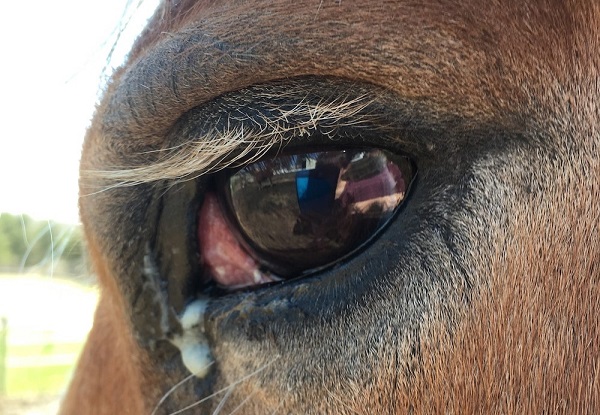
Third Eyelid Tumors in Horses Often Go Unnoticed
Squamous cell carcinoma, also abbreviated as SCC, is one of the most common cancers in horses. Appearing as small, wart-like bumps commonly found on the eyelid or surface of the eye, they require early treatment. While a conscientious owner may quickly notice a new lump on the shoulder of his or her equine friend, even […]
-

3 Indoor Plants That are Low Maintenance and Dog Friendly
If you’re looking for some easy-care indoor plants that are also dog-friendly, look no further. In this article, we will cover three great options that are safe for your dog. So, without further ado, let’s get started. 1. Spider Plant All parts of the spider plant are non-toxic to dogs, including the leaves, stems, and […]
-
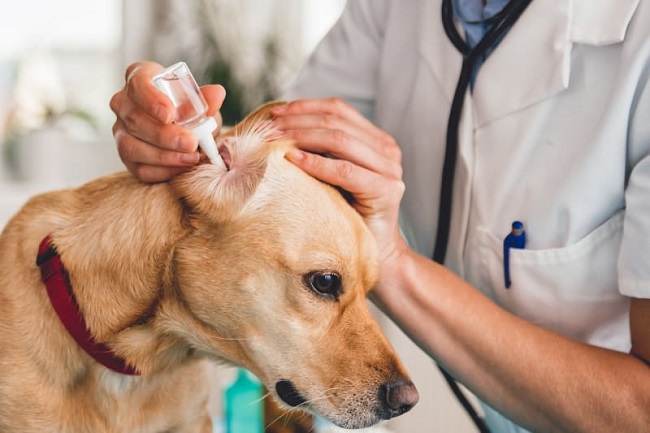
How to Deal Ear Infections in Dogs
Ear problems are one of the most common reasons that dogs are taken to veterinarians. They can be caused by infection, trauma, parasites, and various other reasons. The first sign of a problem is usually excessive wax production or discharge. Keep in mind that in many dogs a little discharge is normal: compare the ears […]
-

How Proper Diet Can Prevent a Common Cause of Horse Colic
A recent study demonstrates that a diet of grass hay may reduce the chance of a horse developing colic due to enterolithiasis. Colic is a general term for abdominal pain in horses, encompassing many conditions which are the underlying cause. Most causes of colic relate to a disturbance of the colon, and some are fatal […]
-

Biosecurity is a Key to Keeping Horses Healthy
Biosecurity means doing everything you can to reduce the chances of an infectious disease being carried onto your farm by people, animals, equipment, or vehicles, either accidentally or on purpose. Follow these steps to help reduce the threat of infectious disease contaminating your herd Showing Your Horse Use your own trailer and don’t ship your […]
-

Brain Health is Part of Healthy Aging for Your Pet
More and more dogs and cats are living well into their elder years. This means that pets are more likely to suffer from a kind of dementia called cognitive dysfunction syndrome, or CDS. “CDS is a progressive disease of the brain in older dogs and cats,” says William Fortney, DVM, assistant professor at the College […]
-
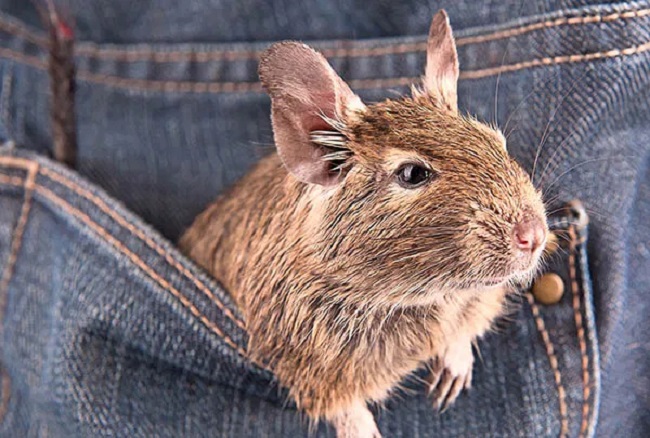
How to Treat Illness in a Pocket Pet
The most important signs of sickness in pocket pets are loss of appetite, difficulty breathing, diarrhea, and self-isolation, that is, separating themselves from the rest of your pet colony. If your gerbil, hamster, rat, or other pocket pet exhibits those symptoms, contact your local small mammal veterinarian and always consult with your veterinarian before you […]
-
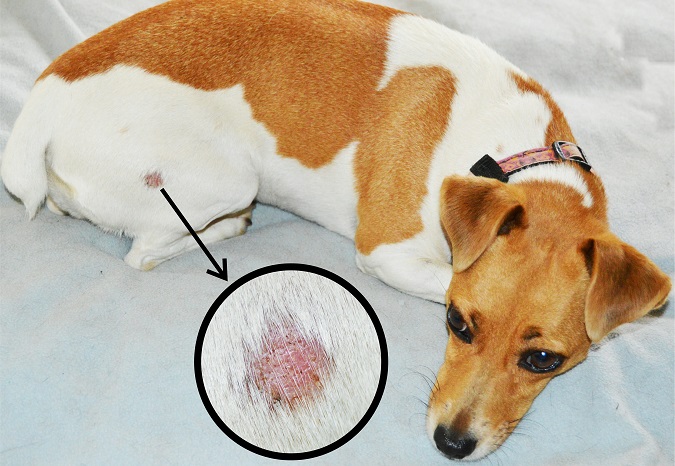
How to Identify and Treat Ringworm
Ringworm is caused by a specific type of fungus and not a worm. The name comes from a time when doctors believed a worm caused the infection. The name stuck with the disease long after it was discovered that the disease was caused by a fungal infection. The proper name for the disease is dermatophytosis, […]
-

How to Identify and Treat Foot Rot and Foot Scald in Sheep
Foot rot is one of the most devastating diseases in the U.S. sheep industry. The most common clinical sign of foot rot or foot scald in sheep is simply limping sheep. Both scald and rot appear the same until you tip the sheep onto its rump and trim the hooves with a trimmer. This is […]
-
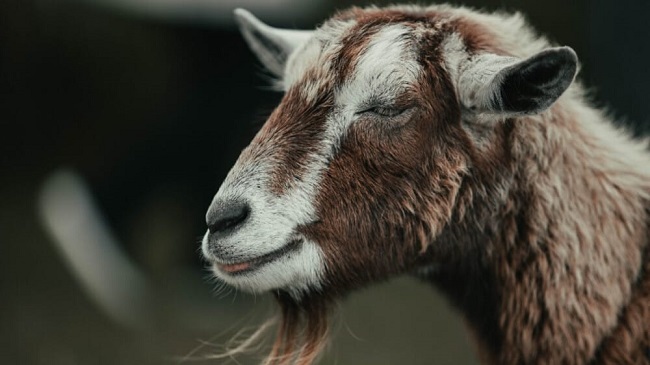
The 4 Main Causes of Pneumonia in Goats
Pneumonia is the term given to describe inflammation or infection of the lungs. Bronchitis, tracheitis and laryngitis describe infections of the upper portion of the respiratory tract. Pneumonia and respiratory disease in general are very serious and widespread among goat populations, dairy herds, and pygmy alike. Much of the problem is due to poor management […]